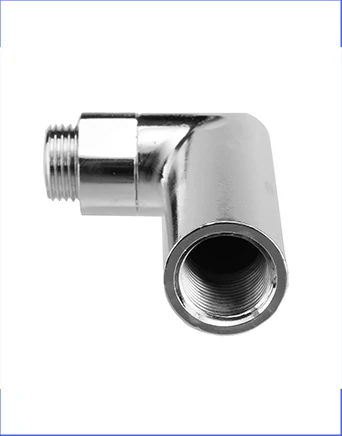Time to read: 6 min

Understanding Threaded Holes
Threaded holes are cylindrical bores designed with internal threads, created using specialized tools like dies or taps. These holes are crucial for assembling parts using bolts or nuts, providing a secure and removable fastening mechanism.
Types of Threaded Holes
Two primary types of threaded holes are commonly distinguished based on their depth and opening:
- Blind Holes: These holes do not pass through the entire workpiece, featuring a flat or conical bottom.
- Through Holes: These holes penetrate the workpiece completely, presenting openings on both sides.
Creating Threaded Holes: A Step-by-Step Guide
The process of creating threaded holes involves precise steps to ensure accuracy and quality:
- Drilling the Hole: The initial step involves using a twist drill to create a hole with the desired diameter and depth.
- Chamfering the Hole: This step aligns the hole's edge, preparing it for threading and enhancing the threading process.
- Straightening the Hole: Ensuring the hole's straightness is crucial for successful threading.
- Tapping the Hole: Tapping involves creating internal threads by rotating a tap bit into the hole.
Considerations for Effective Threaded Holes
Several factors must be considered to achieve successful threading:
- Material Hardness: Harder materials require more force and appropriate tools, like carbide taps.
- Standard Thread Sizes: Adhering to standard sizes simplifies assembly and part replacement.
- Hole Depth: Achieving the correct hole depth is essential, especially for blind holes.
- Machinery Selection: Choosing the right tools, like cutting or forming taps, depends on material type and hole requirements.
Threaded vs. Tapped Holes: Key Differences
While both threaded and tapped holes serve similar purposes, they differ in their creation processes and tooling:
- Speed: Tapped holes typically require less time to create.
- Flexibility: Threaded holes offer more flexibility in adjusting thread size and fit.
- Cost: Threading can be more cost-effective due to reduced tooling requirements.
- Material Compatibility: Tapping is advantageous for harder materials and specific applications.
Maximizing the Efficiency of Threaded Holes
To ensure the efficiency and effectiveness of threaded holes, it's crucial to:
- Choose the Right Drill Size: The bolt size will determine the required hole size before tapping.
- Maintain Proper Lubrication: Using cutting fluids can extend tool life and improve threading quality.
- Select the Appropriate Tap Type: Taper, plug, or bottoming taps are chosen based on hole depth and threading requirements.
Unofactory: Your Partner for Precision Threading
Unofactory offers comprehensive CNC machining services, including the creation of threaded holes. Our state-of-the-art facilities and experienced team ensure that your parts meet the highest standards of quality and precision.
Conclusion
Threaded holes play a vital role in many manufacturing applications, providing a secure and reliable means of joining components. Understanding the process and considerations for creating these holes is essential for achieving successful assembly and functionality.




